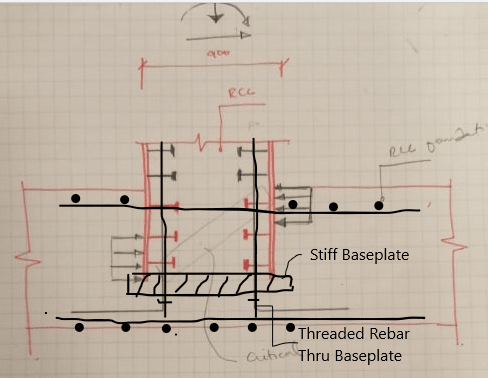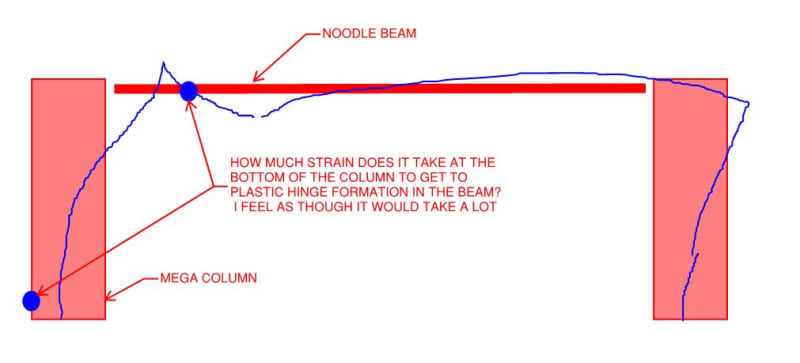Blackstar123
Civil/Environmental
I'm having difficulty in identifying the type of lateral resisting system for the following frame.
Should I called this a moment frame or a Cantilever Column?
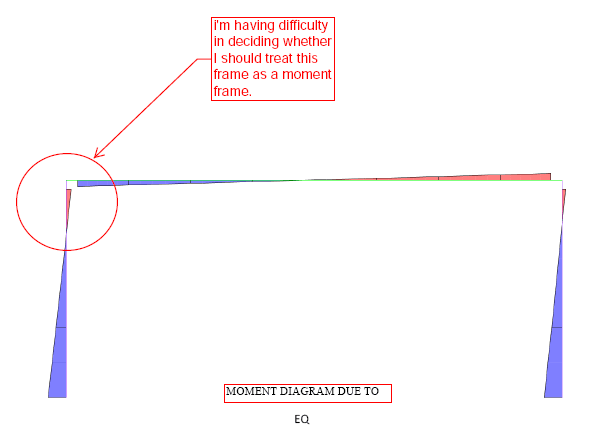
If I look at the moment diagram for combine load cases, I'll identify the following first two cases as moment frame. But again for the third case, I can't say that the frame is a pure moment frame with any conviction.
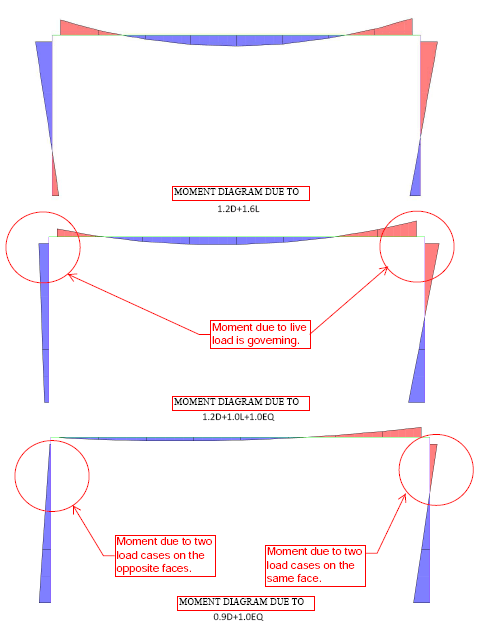
I would like to learn how would other engineers will deal with a situation like this.
Thanks in advance for your help.
If anyone want to know the backstory behind this question, they can find it at this Link
Should I called this a moment frame or a Cantilever Column?

If I look at the moment diagram for combine load cases, I'll identify the following first two cases as moment frame. But again for the third case, I can't say that the frame is a pure moment frame with any conviction.

I would like to learn how would other engineers will deal with a situation like this.
Thanks in advance for your help.
If anyone want to know the backstory behind this question, they can find it at this Link

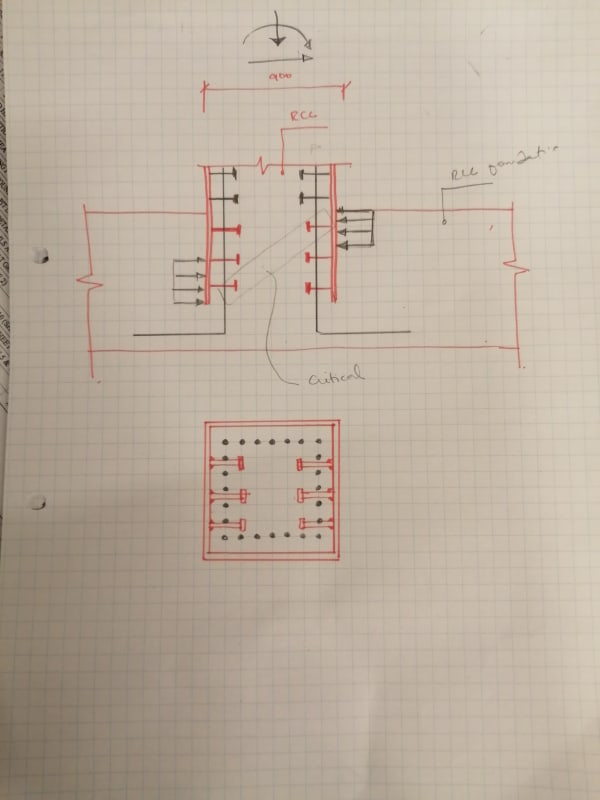
![[morning] [morning] [morning]](/data/assets/smilies/morning.gif)
